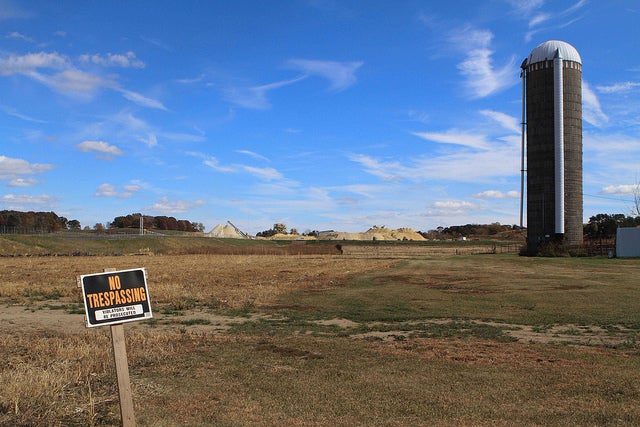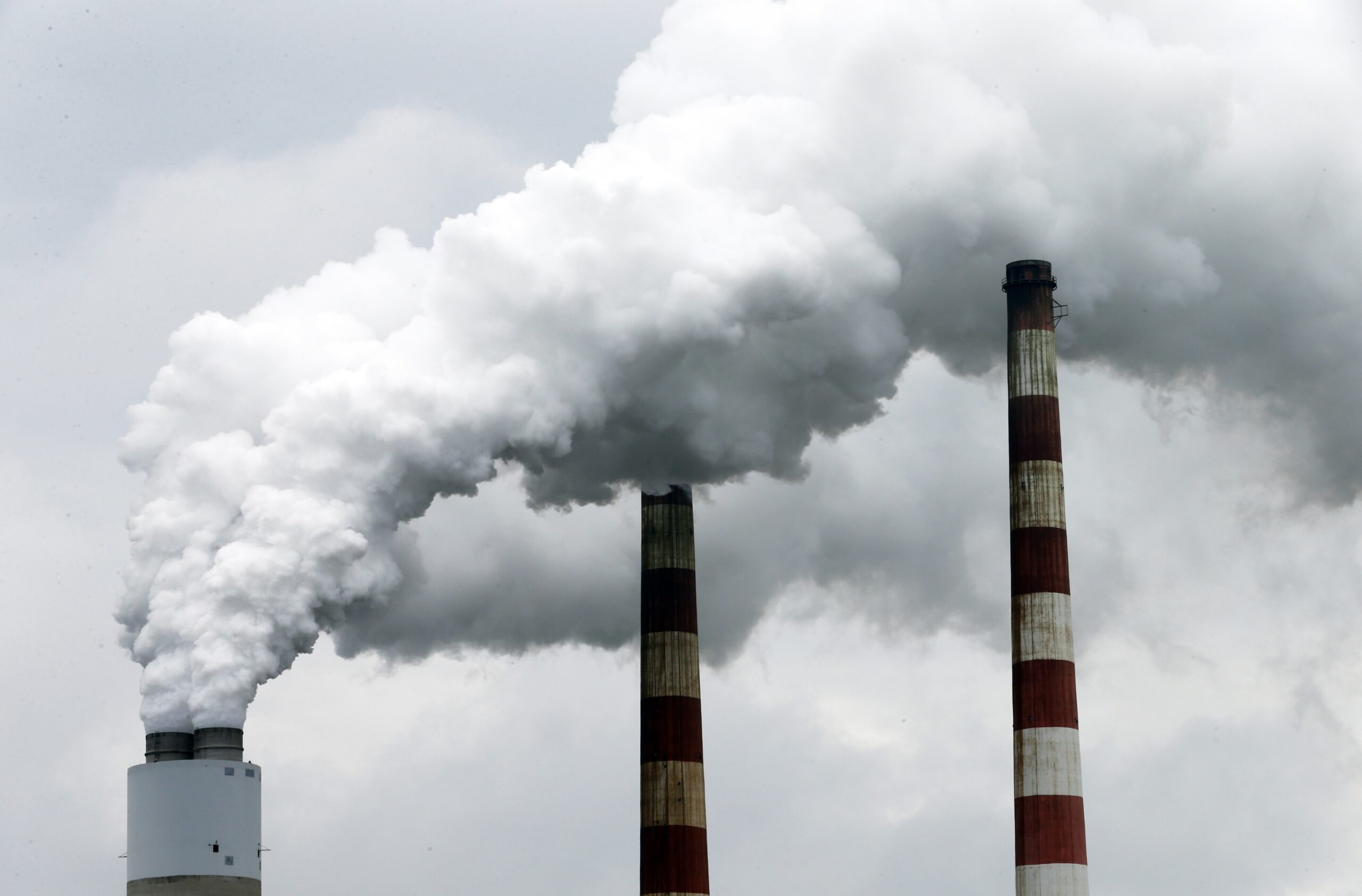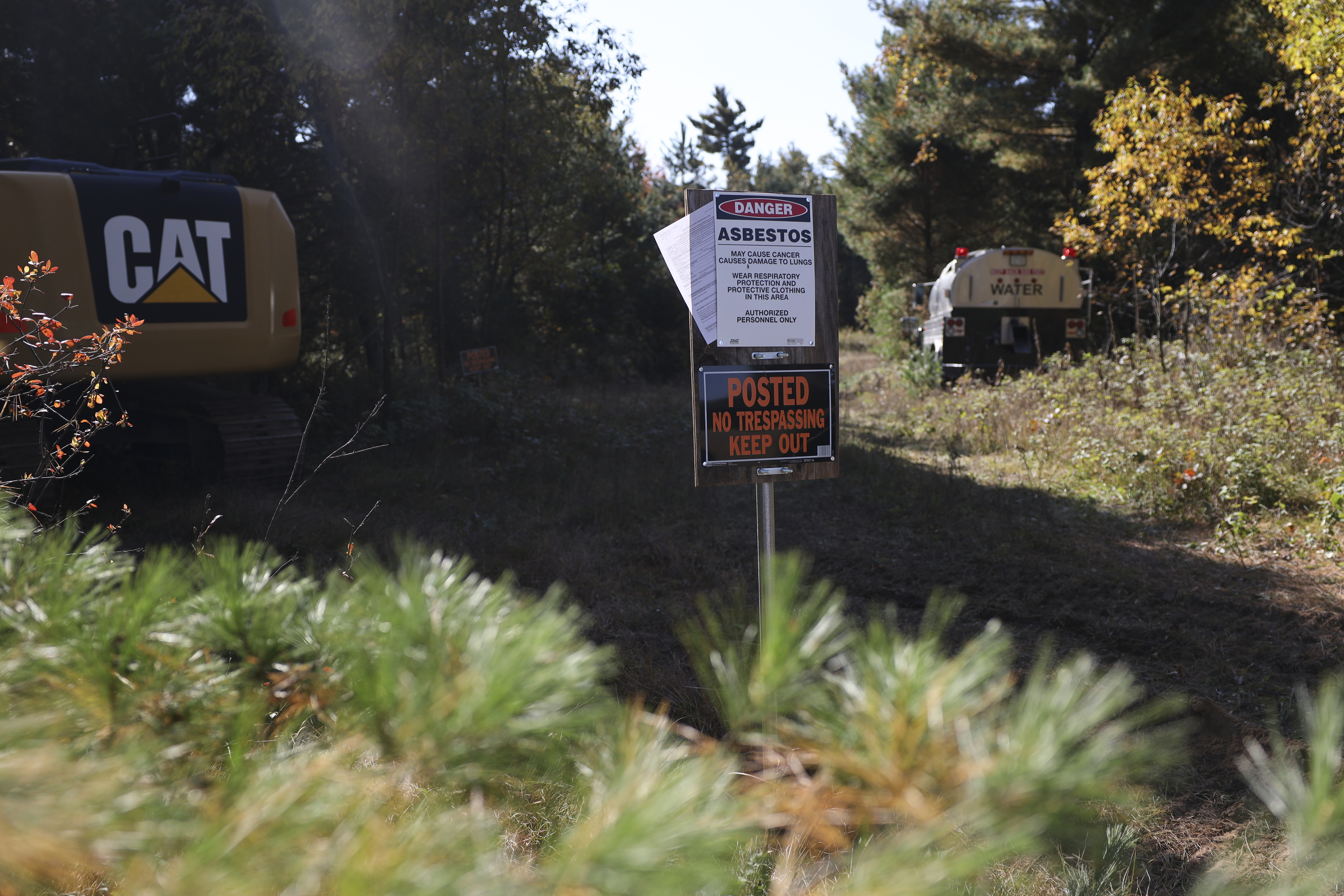Researchers at University of Wisconsin-Eau Claire say they’ve found levels of super-fine dust coming from frac sand processing plants that exceed national standards.
For six years, students at the school’s Environmental Public Health Program have been working under Dr. Crispin Pierce to measure fine silica particles blowing from frac sand sites. The particles are called PM 2.5, meaning they’re 2.5 microns in diameter. A human hair, by comparison, is around 60 microns.
Pierce said that the program is monitoring the PM 2.5 because the Department of Natural Resources doesn’t do so. He and his students used ambient air monitors on loan from the University of Iowa to measure four frac sand sites in Wisconsin and Minnesota.
Stay informed on the latest news
Sign up for WPR’s email newsletter.
Pierce said they found concentrations that were four times higher than federal standards. However, he said more study is needed.
“I don’t think that based upon the results we’ve found so far there will be many acute hazards for people living around frac sand plants,” he said. “But we are concerned about long-term exposure, dirty air over a long period of time increasing things like cardiovascular disease and lung cancer.”
Pierce said he hopes that as more is learned about this fine dust, the DNR will require companies to install monitors at every mining operation.
“I would really advocate that the frac sand industry, which clearly is lucrative for a lot of people, would be required to put in PM 2.5 monitors next to frac sand facilities and then report those data directly to local townships and boards so folks can know whether or not there’re some concerns,” he said.
Pierce’s research on PM 2.5 particles associated with frac sand mining has been accepted for publication by the National Journal of Environmental Health. It will be published next year.
Wisconsin Public Radio, © Copyright 2025, Board of Regents of the University of Wisconsin System and Wisconsin Educational Communications Board.





